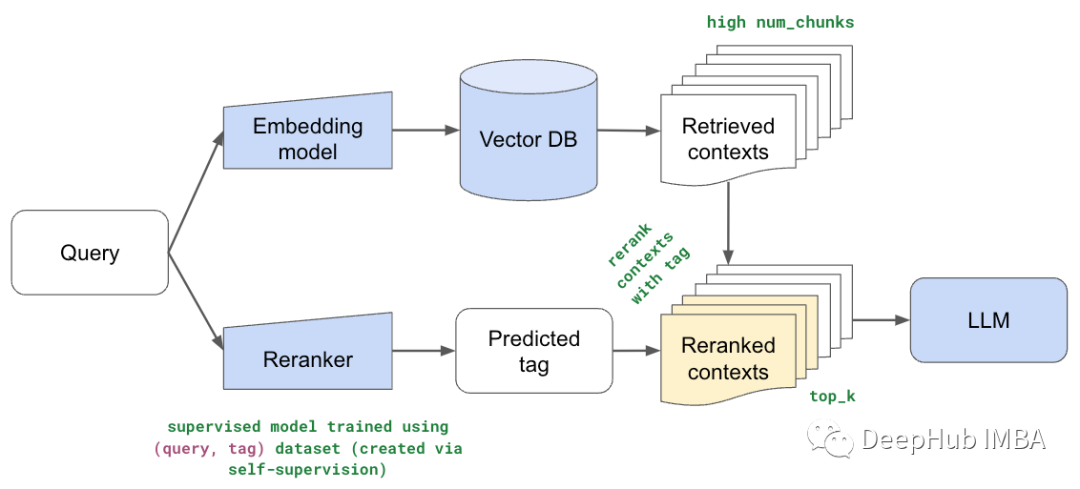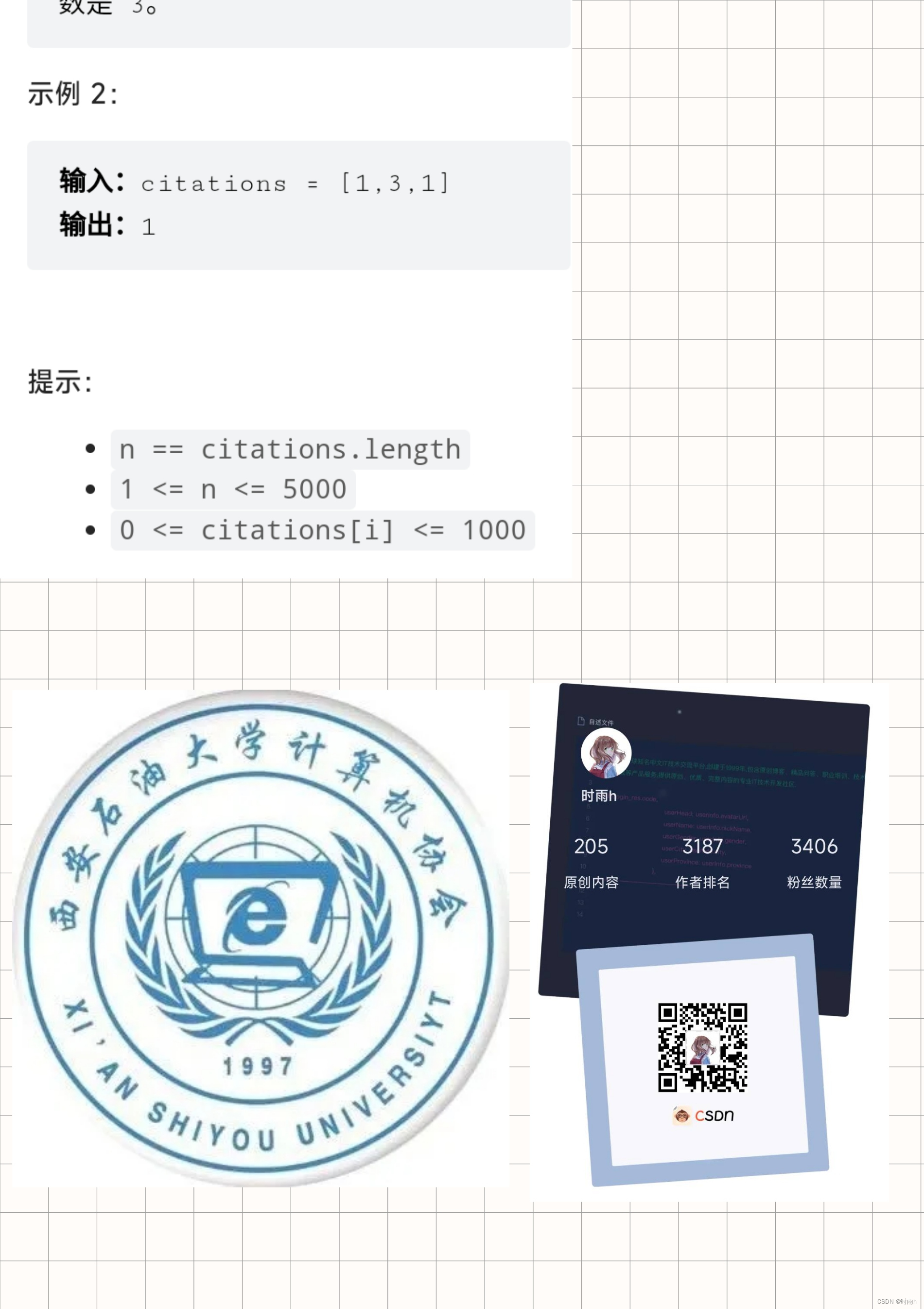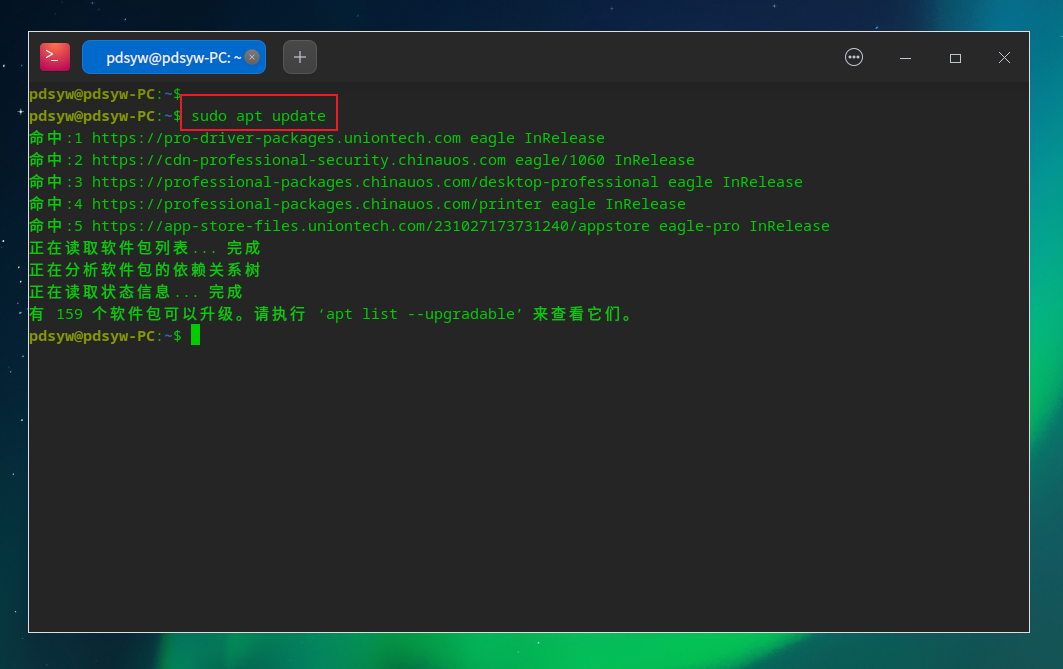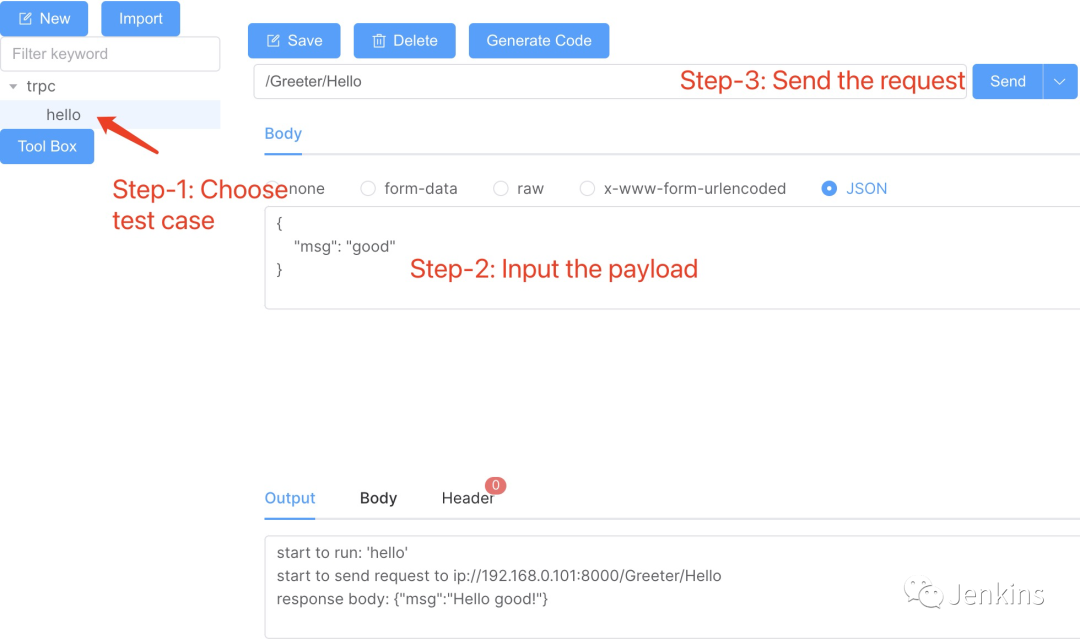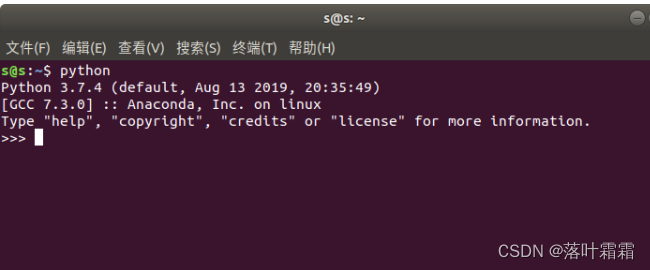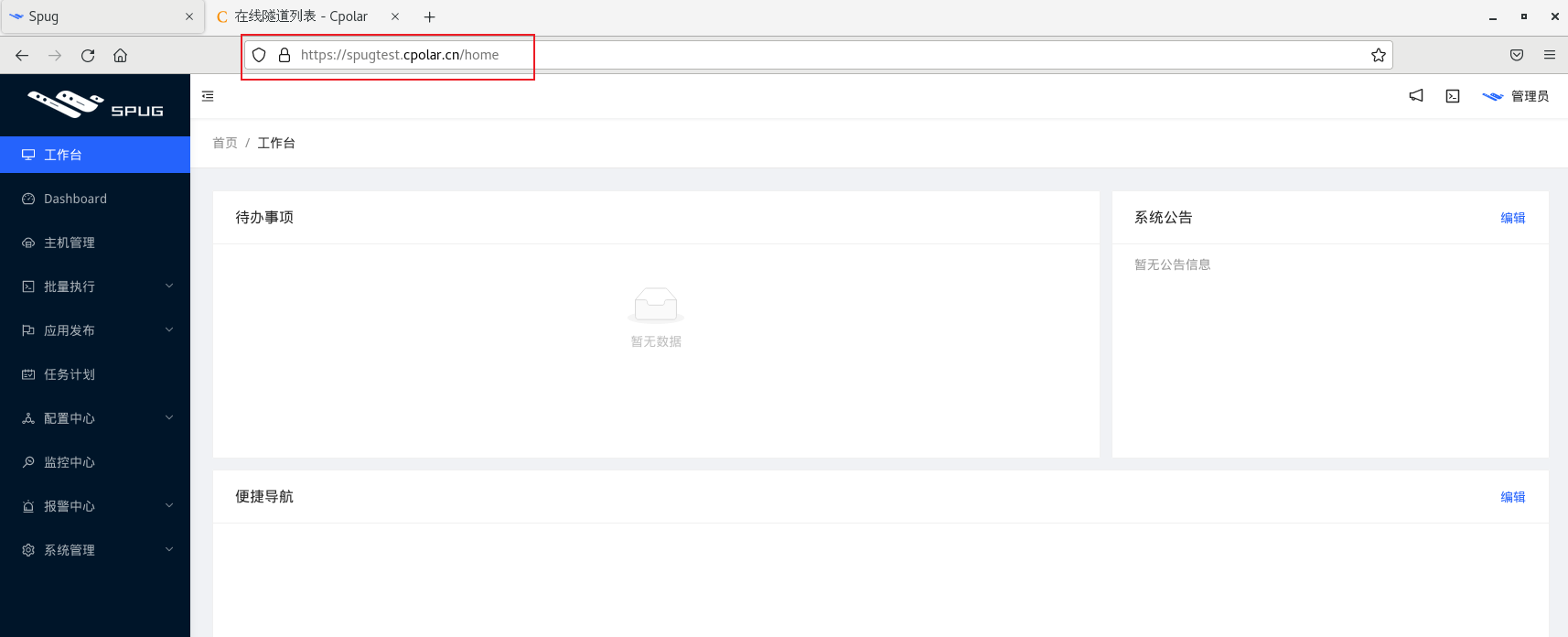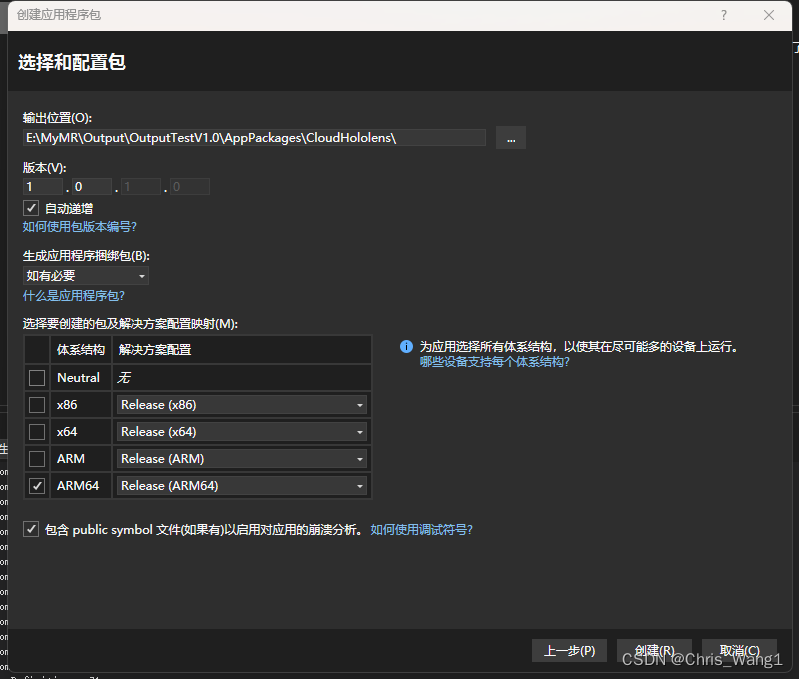1. 方法1 (C++源码)
1.1 创建一个普通的qml工程,写入ListView测试代码
import QtQuick 2.15
import QtQuick.Window 2.15
Window {
width: 640
height: 500
visible: true
title: qsTr("Hello World")
ListView{
id:lv
width: 100
height: 500
spacing: 5
model: ListModel{
ListElement{name: "Jack"; age: "18"}
ListElement{name: "Tom"; age: "19"}
ListElement{name: "Rose"; age: "20"}
}
delegate: Rectangle{
id: dl
required property int index
required property string name
required property string age
height: 50
width: 100
color: "red"
Text{
text: dl.index +" "+ dl.name + " "+ dl.age
}
}
}
}

1.2 下面我们用C++实现model部分
1.3 新建C++类
注意:C++文件不要加到*.qrc中
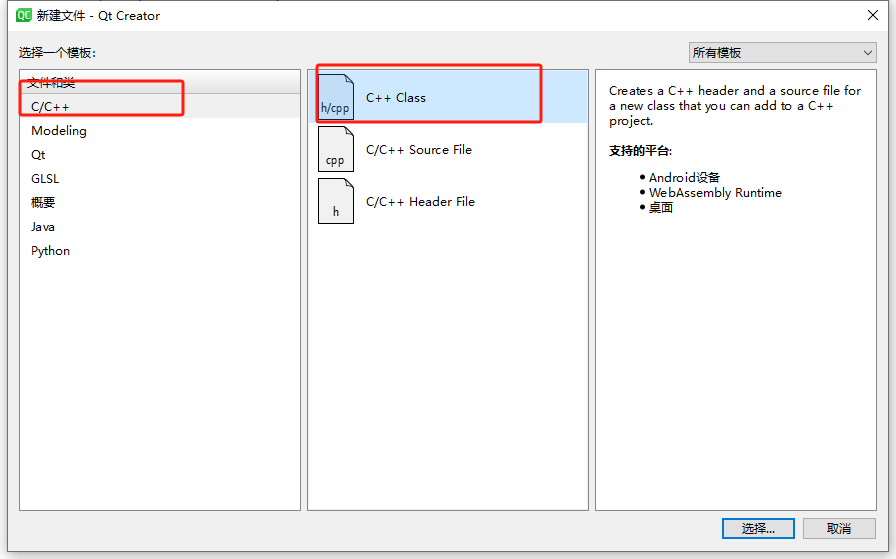
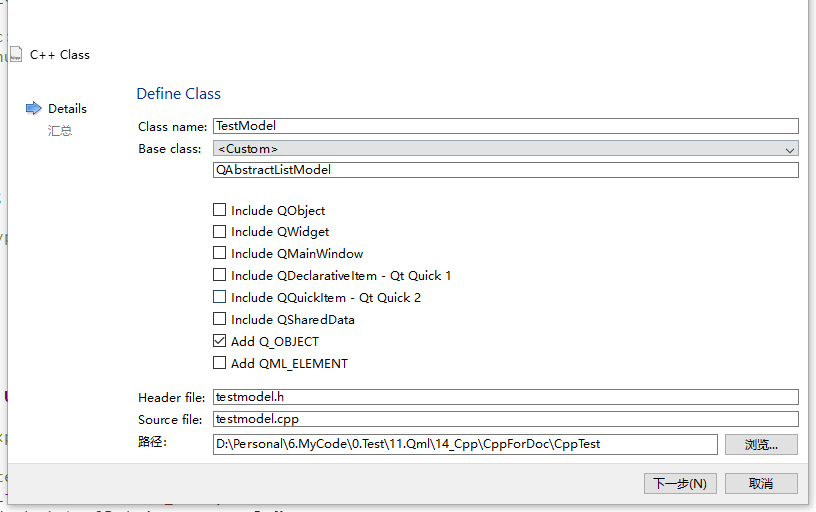
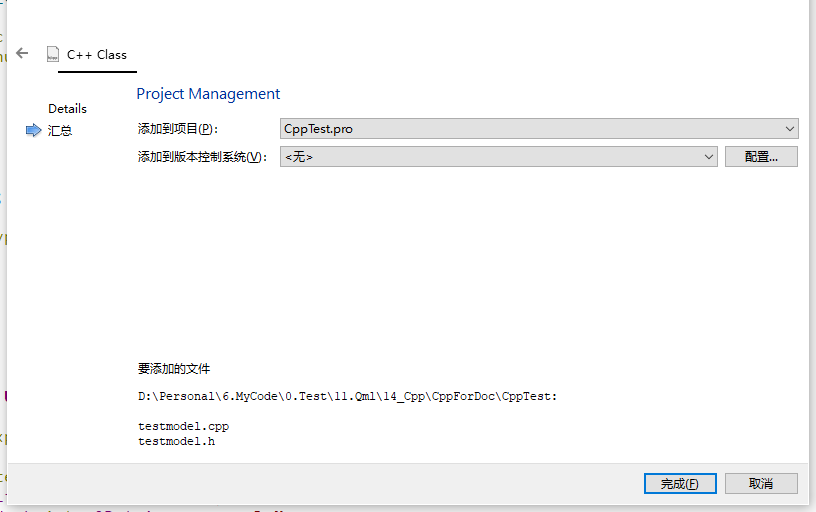
1.4 新建完成后,工程中多了两个文件
testmodel.cpp
testmodel.h
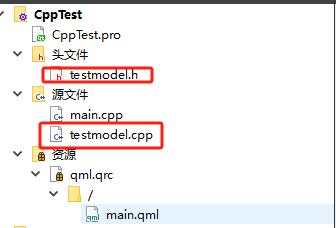
1.5 添加虚函数
- 选中类 -> 鼠标右键 -> 重构 -> 插入虚函数
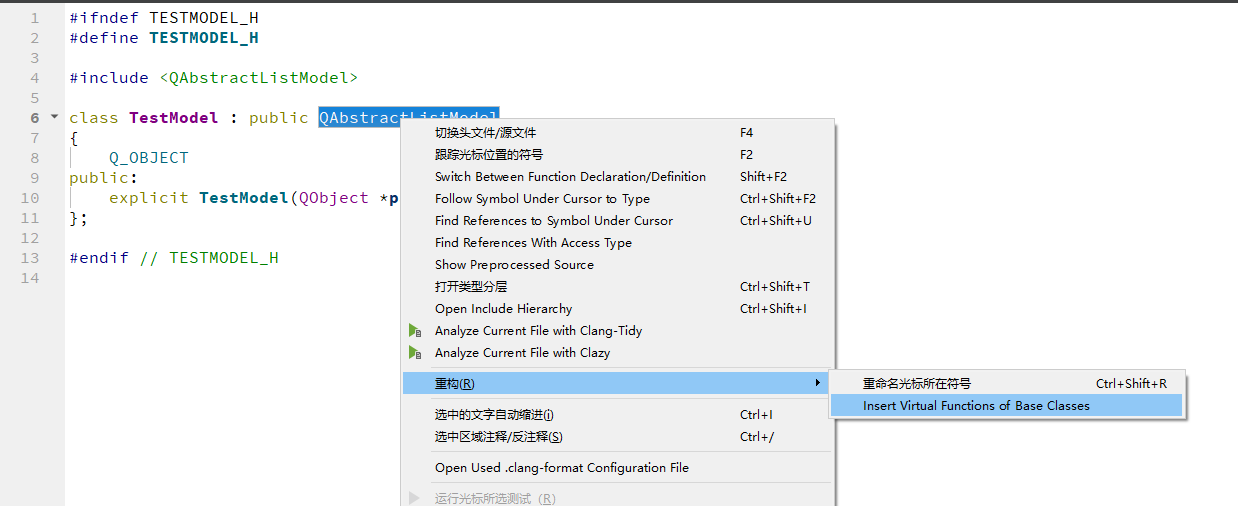
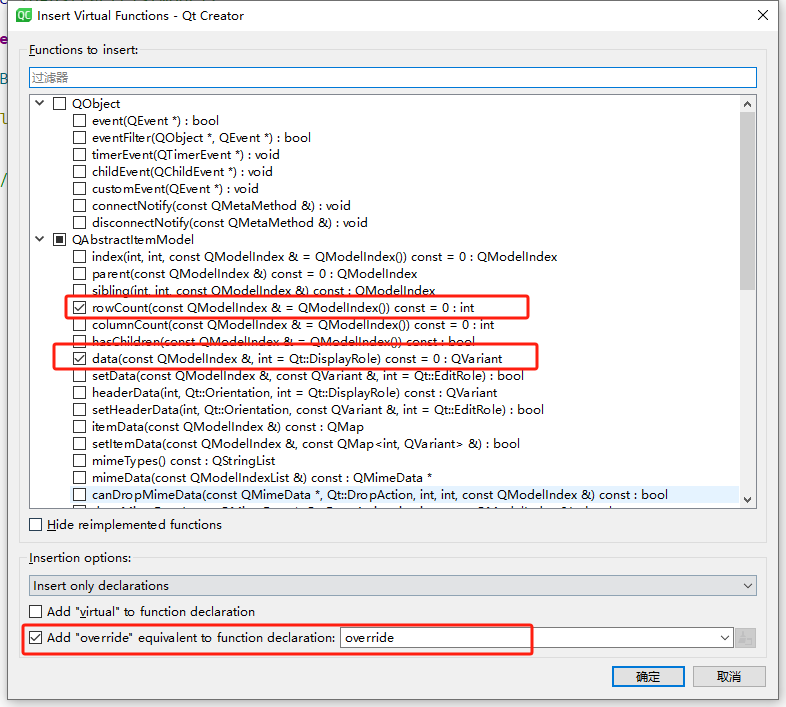
注意: 三个虚函数:

1.6 testmodel.h文件中添加如下内容
#ifndef TESTMODEL_H
#define TESTMODEL_H
#include <QAbstractListModel>
class TestModel : public QAbstractListModel
{
Q_OBJECT
public:
explicit TestModel(QObject *parent = nullptr);
// QAbstractItemModel interface
public:
int rowCount(const QModelIndex &parent) const override;
QVariant data(const QModelIndex &index, int role) const override;
QHash<int, QByteArray> roleNames() const override;
public:
enum RoleNames{
NameRole = 0,
AgeRole,
};
typedef struct{
QString name;
QString age;
} TestData_t;
private:
QList<TestData_t>m_data;
QHash<int, QByteArray>m_roleNames;
};
#endif // TESTMODEL_H
1.7 在textmodel.cpp代码中实现
- 添加实现
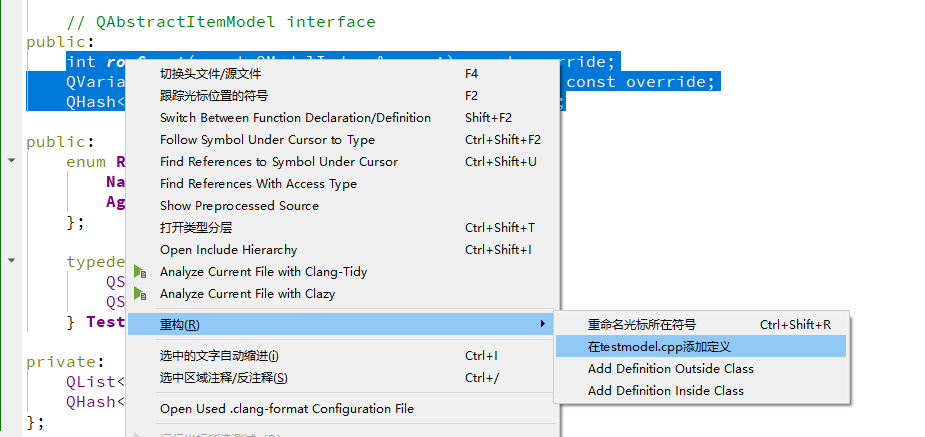
- 此时testmodel.cpp中的内容
#include "testmodel.h"
TestModel::TestModel(QObject *parent)
: QAbstractListModel{parent}
{
}
int TestModel::rowCount(const QModelIndex &parent) const
{
}
QVariant TestModel::data(const QModelIndex &index, int role) const
{
}
QHash<int, QByteArray> TestModel::roleNames() const
{
}
- 添加如下内容
#include "testmodel.h"
TestModel::TestModel(QObject *parent)
: QAbstractListModel{parent}
{
//初始化角色
m_roleNames[NameRole] = "name";
m_roleNames[AgeRole] = "age";
// 添加数据
TestData_t testdata;
testdata.name = "Jack";
testdata.age = "18";
m_data.append(testdata);
testdata.name = "Tom";
testdata.age = "19";
m_data.append(testdata);
testdata.name = "Rose";
testdata.age = "20";
m_data.append(testdata);
}
int TestModel::rowCount(const QModelIndex &parent) const
{
return m_data.count();
}
QVariant TestModel::data(const QModelIndex &index, int role) const
{
int row = index.row();
if(row<0 || row>=m_data.count())
return QVariant();
const TestData_t & testData = m_data.at(row);
//根据角色返回数据
switch(role)
{
case NameRole: return testData.name;
case AgeRole: return testData.age;
}
return QVariant();
}
QHash<int, QByteArray> TestModel::roleNames() const
{
return m_roleNames;
}
1.8 在main.cpp中注册模块
- 添加两行代码
#include "testmodel.h" //添加头文件
//注册类型
qmlRegisterType<TestModel>("org.test", 1, 0, "TestModel");
- 修改后的代码
#include <QGuiApplication>
#include <QQmlApplicationEngine>
#include "testmodel.h" //添加头文件
int main(int argc, char *argv[])
{
#if QT_VERSION < QT_VERSION_CHECK(6, 0, 0)
QCoreApplication::setAttribute(Qt::AA_EnableHighDpiScaling);
#endif
QGuiApplication app(argc, argv);
QQmlApplicationEngine engine;
const QUrl url(QStringLiteral("qrc:/main.qml"));
//注册类型
qmlRegisterType<TestModel>("org.test", 1, 0, "TestModel");
QObject::connect(&engine, &QQmlApplicationEngine::objectCreated,
&app, [url](QObject *obj, const QUrl &objUrl) {
if (!obj && url == objUrl)
QCoreApplication::exit(-1);
}, Qt::QueuedConnection);
engine.load(url);
return app.exec();
}
1.9 在qml中使用
- 导入模块
import org.test 1.0 //导入自定义模块
- 使用模块
model: TestModel{} //使用自定义的模块
- 新的代码
import QtQuick 2.15
import QtQuick.Window 2.15
import org.test 1.0 //导入自定义模块
Window {
width: 640
height: 500
visible: true
title: qsTr("Hello World")
ListView{
id:lv
width: 100
height: 500
spacing: 5
model: TestModel{} //使用自定义的模块
// ListModel{
// ListElement{name: "Jack"; age: "18"}
// ListElement{name: "Tom"; age: "19"}
// ListElement{name: "Rose"; age: "20"}
// }
delegate: Rectangle{
id: dl
required property int index
required property string name
required property string age
height: 50
width: 100
color: "red"
Text{
text: dl.index +" "+ dl.name + " "+ dl.age
}
}
}
}
1. 10 运行效果(与之前的一样)

2. 方法2(DLL动态链接库)
2.1 生成库文件
1. 新建库
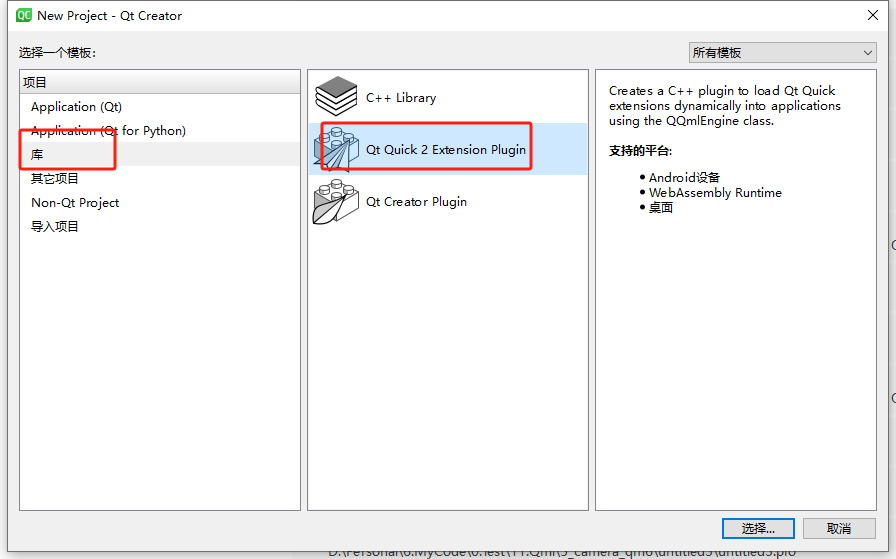
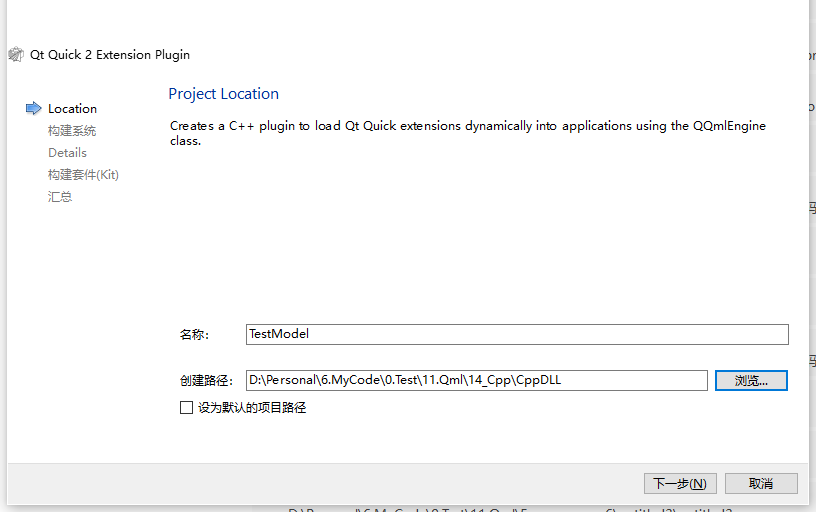

- 工程目录结构

2. 库代码
- 将方法1中的testmodel.h和testmodel.cpp两个文件覆盖本项目中的同名文件
3. 构建
- 点击
构建

4. 生成的库文件
- 在debug目录下生成了
TestModel.dll文件 - 把TestModel.dll和qmldir文件拷出来备用
2.2 使用库文件
1. 新建qml工程
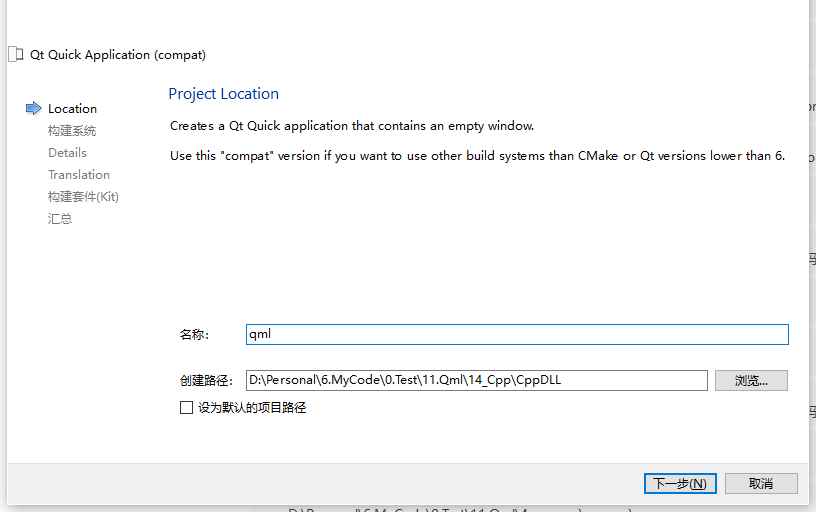
2. 添加代码
- 把方法1中main.qml的内容复制到新工程的main.qml中
- 修改模块导入
//import org.test 1.0
import com.test.testmodel 1.0 //导入自定义模块
4. 添加库文件
- 将生成的库文件复制到新工程中

5. 设置环境变量
windows
- 创建批处理文件
run.bat,根据实际情况修改
set QML2_IMPORT_PATH=D:\Personal\6.MyCode\0.Test\11.Qml\14_Cpp\CppDLL\dll
start D:\Soft\Qt6\Tools\QtCreator\bin\qtcreator.exe
- 关闭qtcreator,通过run.bat启动
- 打开刚才的qml工程
Linux - Ubuntu
- 创建脚本文件
run,根据实际情况修改
#!/bin/sh
export QML2_IMPORT_PATH=/home/book/qt_code/CppTest/DllTest/dll/
export QT_HOME=/opt/Qt/Tools/QtCreator/bin/
$QT_HOME/qtcreator $*
- 关闭qtcreator,通过run启动
- 打开刚才的qml工程
Linux - 开发板(qtcreator远程部署)
- 将
libTestModel.so和qmldir拷贝到/root/com/test/testmodel/中 - 项目 - 运行 - 环境 - 批量编辑,添加
QML2_IMPORT_PATH=/root/
Linux - 开发板(板子里直接运行)
- 将
libTestModel.so和qmldir拷贝到/root/com/test/testmodel/中 - 创建脚本文件
run,根据实际情况修改
#!/bin/sh
export QML2_IMPORT_PATH=/root/
./opt/DllTest
- 或是将
com文件夹直接拷贝到DllTest相同目录下,则不用配置环境变量,直接运行DllTest就行了。
6. 运行效果

